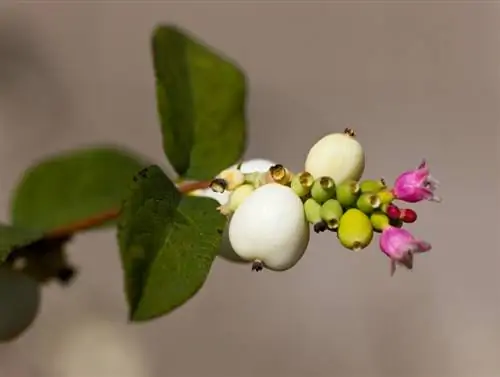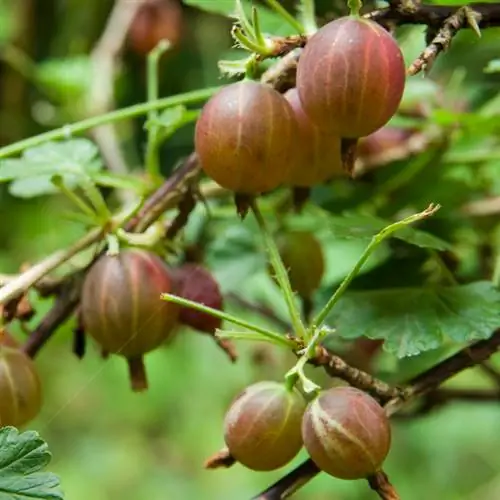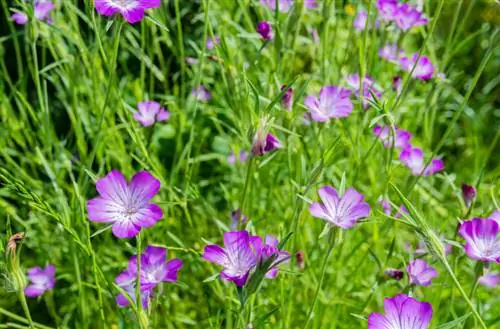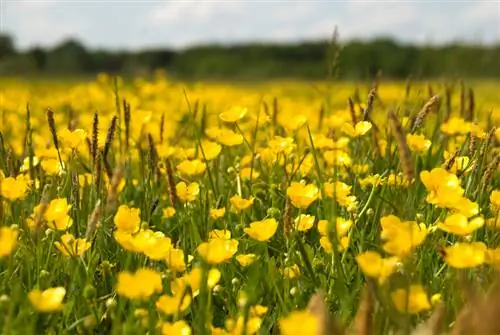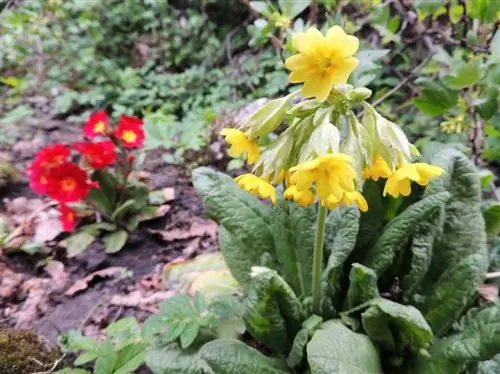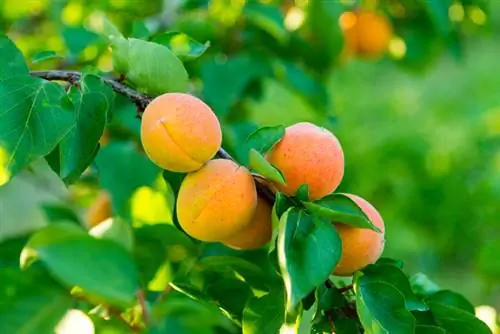- Author admin [email protected].
- Public 2023-12-16 16:46.
- Last modified 2025-01-23 11:20.
Not only honeysuckle is considered a representative of the honeysuckle family. There are numerous other plants that fall into this category. You can find out what their characteristics and requirements are below.
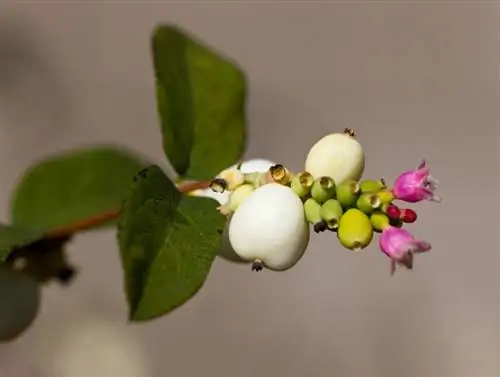
Which plants belong to the honeysuckle family?
The honeysuckle family includes forest honeysuckle, Heckrott's honeysuckle, sweet-smelling honeysuckle, sweet-smelling honeysuckle, weigela, snowberry, seven sons of heaven bush and abelia. They prefer partial shade, have cross-opposite leaves and grow as shrubs or climbing plants.
Which representatives belong to this plant family?
The honeysuckle family (botanists also call it Caprifoliaceae) primarily includes the following plants:
- Forest Honeysuckle
- Heckrott's Honeysuckle
- Smelling honeysuckle
- Smelling Honeysuckle
- Weigela
- Snowberry
- Seven-Sons-of-Heaven-Shrub
- Abelie
The woolly viburnum, the wrinkle-leaved viburnum and other viburnums as well as elderberry species were previously counted in this plant family. But this has changed. Now the plants mentioned belong to the musk herb family.
Characteristics that all honeysuckle plants have in common
All honeysuckle plants are included in the order of teasels. There are around 50 genera and 700 species. These plants are mainly found in the temperate zones of the northern hemisphere. They primarily populate regions of North America and East Asia.
Most of these plants are shrubs and creepers. Fewer specimens develop into perennials or smaller trees. Furthermore, most members of this family are woody. All species are more or less winter-hardy and industrial-proof. The wintergreen and evergreen specimens are considered to be more sensitive to frost.
Other common external characteristics include cross-opposite leaves. They are usually simply divided into petioles and leaf blades. The flowers are fivefold and the corolla and calyx are fused together. The fruits produced are either berries or drupes.
Location requirements
These plants prefer to grow in partial shade. However, they are also suitable for shady locations. More flowers develop in sunny places. But the disadvantage is that there is an increased risk of drought, which the honeysuckle family doesn't like.
The soil should be normally permeable. A slightly acidic, humus-rich and nutrient-rich substrate is also advantageous for these plants. There should never be waterlogging or dryness. These plants will be damaged in no time.
The honeysuckle - a popular climbing plant for the garden
The honeysuckle, of which there are around 180 species, is considered a popular garden, climbing and flowering plant. The species include, among others, the following specimens with their Latin name:
- Lonicera alseuosmoides
- Lonicera x americana
- Lonicera brownii
- Lonicera caerulea
- Lonicera caprifolium
- Lonicera x heckrottii
- Lonicera henryi
- Lonicera japonica
- Lonicera nitida
- Lonicera periclymenum
Honeysuckle species have the following characteristics in common:
- easy to cut
- poisonous fruits
- 3 to 10 m high growth
- sweet smelling
- rightwinding
- a climbing object or trellis is required for climbing
- elliptical leaves
- yellow-white, sometimes delicate red or purple flowers
- long anthers
- Flowering period between May and October
- a cool floor is needed
Tips & Tricks
Many honeysuckle plants can also be easily kept in pots. But when grown in containers, they all require more care.

